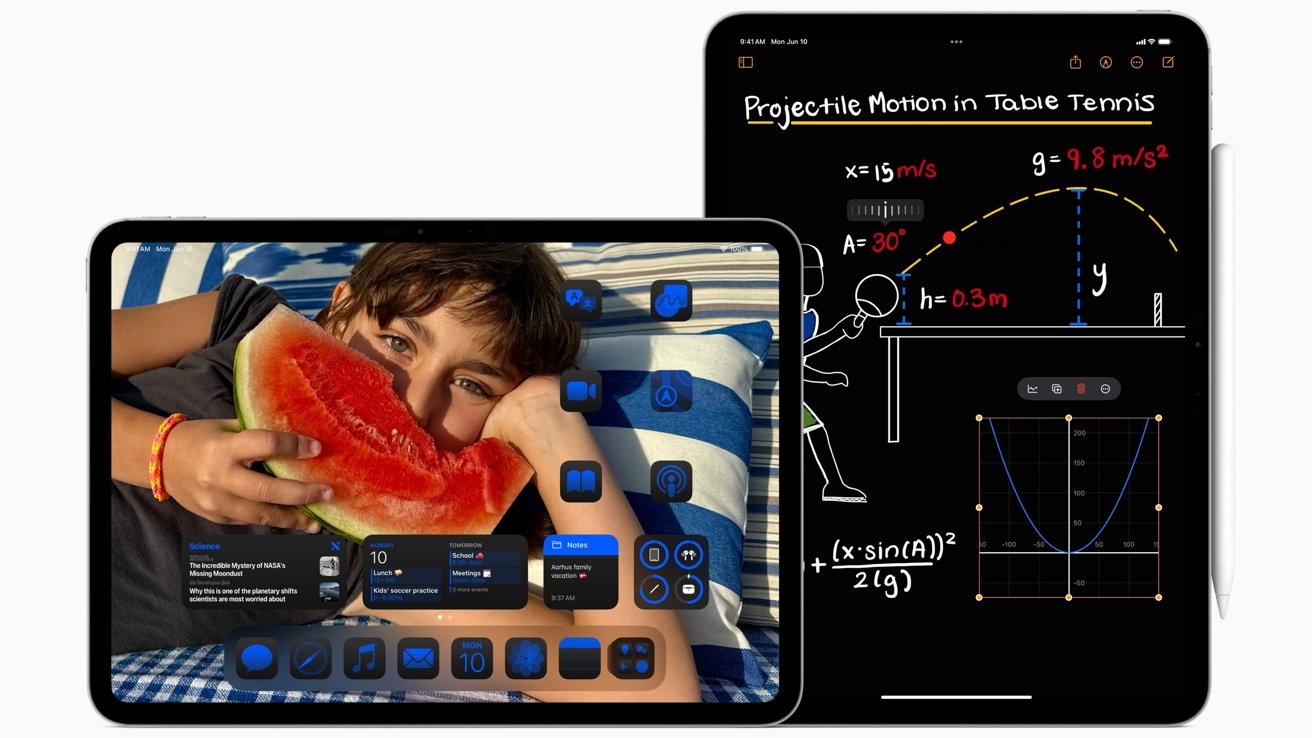Report Suggests Nintendo Switch 2 Development Kits Do Not Support 4K Output Functionality
Title: Nintendo Switch 2: Current Insights and the 4K Gaming Dilemma
As excitement mounts for Nintendo’s forthcoming console, the Nintendo Switch 2, both fans and industry experts are keen to uncover what enhancements the new system will offer. After a wave of leaks and Nintendo’s formal announcement in January, a lot of the enigma surrounding the Switch 2 has been cleared. Nonetheless, one significant query remains: will the Nintendo Switch 2 feature 4K gaming support?
Though the initial Nintendo Switch enjoyed remarkable commercial success despite its relatively basic hardware compared to rivals like the PlayStation 4 and Xbox One, the gaming environment has advanced. As 4K resolution becomes more commonplace for contemporary consoles and televisions, hopes are high for Nintendo to provide a visually improved experience with its upcoming console.
Recent News and Leaks
A recent episode of the Insider Gaming Weekly podcast, hosted by Tom Henderson, hints at potentially disappointing news regarding 4K. Henderson disclosed that during the Game Developers Conference (GDC) in San Francisco from March 17 to 21, he conversed with a developer who noted that some Switch 2 development kits lack 4K output features. This information was subsequently verified through a distinct email source.
While this might seem like a blow for fans wishing to experience their beloved Nintendo franchises in ultra-high definition, it’s crucial to note that development kits often differ from the final retail versions of consoles. Features such as 4K output might still be integrated into the consumer model, even if they are missing from initial dev kits.
The Importance of 4K
In the current gaming landscape, 4K resolution serves as a standard for visual clarity. Both Sony’s PlayStation 5 and Microsoft’s Xbox Series X deliver 4K gaming, and numerous third-party developers are now crafting their games with high-resolution elements in consideration. For Nintendo, which has historically emphasized gameplay innovation over state-of-the-art graphics, the choice to adopt 4K could greatly influence its ability to attract third-party partnerships and compete in a visually-driven market.
The Argument for Patience
In spite of the speculation, it’s premature to reach firm conclusions regarding the Switch 2’s functionalities. Nintendo has a knack for surprising its audience, and the company may still have some surprises in store. The official launch of the Switch 2’s complete specifications is anticipated during the upcoming Nintendo Direct, scheduled for April 2 at 6 a.m. PT / 9 a.m. ET. Until that time, fans are encouraged to keep their expectations in check while remaining optimistic.
Nintendo’s Distinct Strategy
It is noteworthy that the original Nintendo Switch achieved outstanding success without rivaling the graphical capabilities of its competitors. Its hybrid design, innovative gameplay, and strong first-party games such as The Legend of Zelda: Breath of the Wild and Animal Crossing: New Horizons enabled it to establish a distinct position in the gaming landscape. The sequel to Breath of the Wild, The Legend of Zelda: Tears of the Kingdom, continues to highlight Nintendo’s capacity to provide engaging experiences without depending solely on top-tier graphics.
Conclusion
As the gaming community eagerly awaits the comprehensive announcement of the Nintendo Switch 2, speculation remains high surrounding its features—especially its capacity for 4K gaming. While recent leaks imply that 4K may not be accessible in all development kits, the final clarification will come directly from Nintendo during the upcoming Nintendo Direct. Regardless of whether 4K is included, the Switch 2 is ready to expand on the achievements of its predecessor and uphold Nintendo’s legacy of innovation and enjoyment.
Stay tuned for further updates after the April 2 Nintendo Direct, where everything will be unveiled.
Read More







